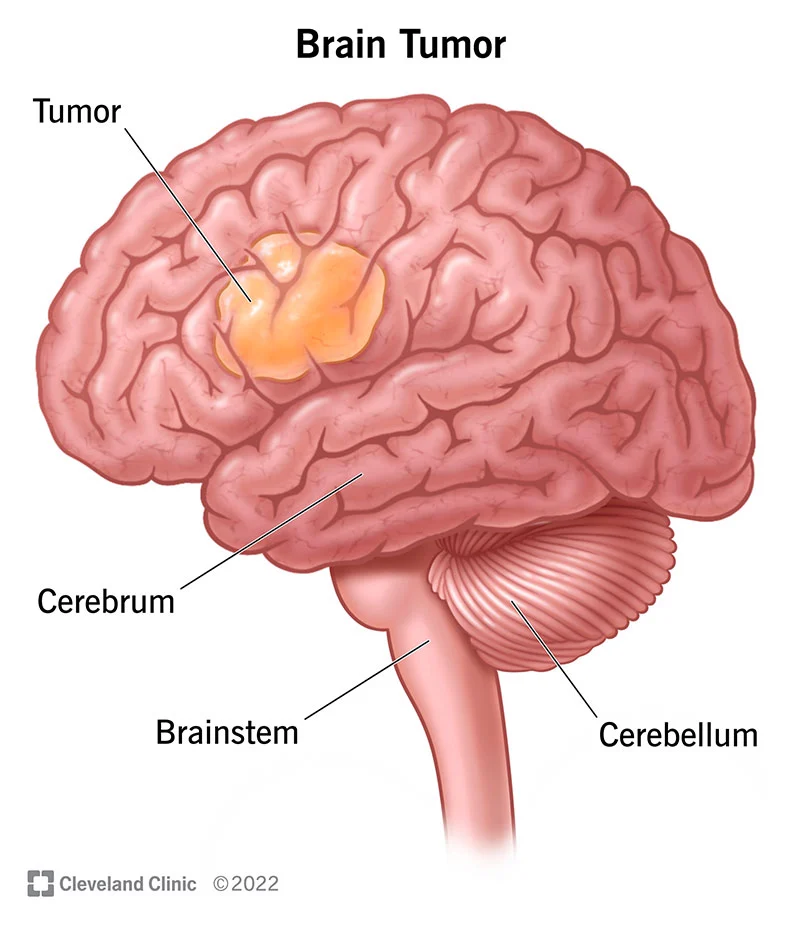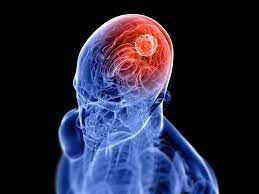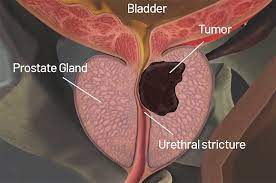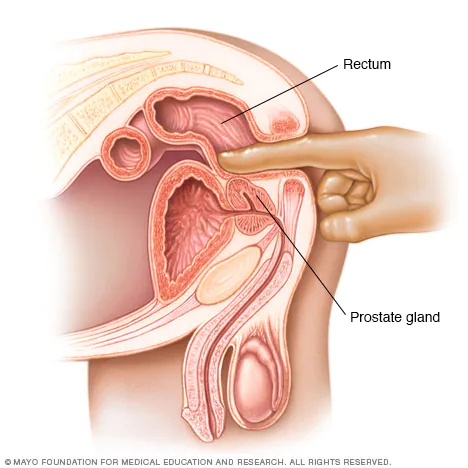Symptoms & Treatment
Oral cancer, also known as mouth cancer, is a type of cancer that develops in the tissues of the mouth or throat. This type of cancer can affect any part of the oral cavity, including the lips, tongue, cheeks, gums, and roof or floor of the mouth. According to the American Cancer Society, about 54,000 new cases of oral cancer are diagnosed in the United States each year.
Symptoms:
- Persistent mouth sores or ulcers that do not heal within two weeks.
- Red or white patches in the mouth or on the tongue.
- A lump or thickening in the cheek or neck.
- Difficulty or pain when swallowing.
- Changes in the way your teeth fit together when you bite down.
- Numbness or pain in the mouth or on the lips.
- Unexplained bleeding in the mouth.

If you are experiencing any of these symptoms, it is important to see your dentist or doctor right away. Early detection of oral cancer can greatly improve your chances of successful treatment.
Treatment for oral cancer typically involves a combination of surgery, radiation therapy, and chemotherapy. The type of treatment that is recommended will depend on the location and stage of the cancer. In some cases, surgery may be used to remove the cancerous tissue, along with nearby lymph nodes. Radiation therapy may be used to shrink the tumor before surgery or to destroy any remaining cancer cells after surgery. Chemotherapy may be used in combination with radiation therapy to help kill cancer cells.
In addition to these conventional treatments, there are also a number of complementary and alternative therapies that may be helpful in managing the symptoms of oral cancer. These may include acupuncture, massage therapy, and herbal supplements. It is important to discuss any complementary or alternative therapies with your doctor before trying them, as some may interact with conventional cancer treatments or have other side effects.
Preventing oral cancer is an important part of maintaining your overall health. Some steps you can take to reduce your risk of developing oral cancer include:
- Quitting smoking or using tobacco products.
- Limiting your alcohol consumption.
- Eating a healthy diet rich in fruits and vegetables.
- Using lip balm with sunscreen to protect your lips from the sun.
- Visiting your dentist regularly for oral cancer screenings.

Oral cancer is a serious disease that requires prompt medical attention. If you are experiencing any symptoms of oral cancer, it is important to see your dentist or doctor right away. Treatment for oral cancer typically involves a combination of surgery, radiation therapy, and chemotherapy. In addition to conventional treatments, there are also a number of complementary and alternative therapies that may be helpful in managing the symptoms of oral cancer. By taking steps to reduce your risk of developing oral cancer, such as quitting smoking and limiting your alcohol consumption, you can help protect your oral health and overall well-being.









